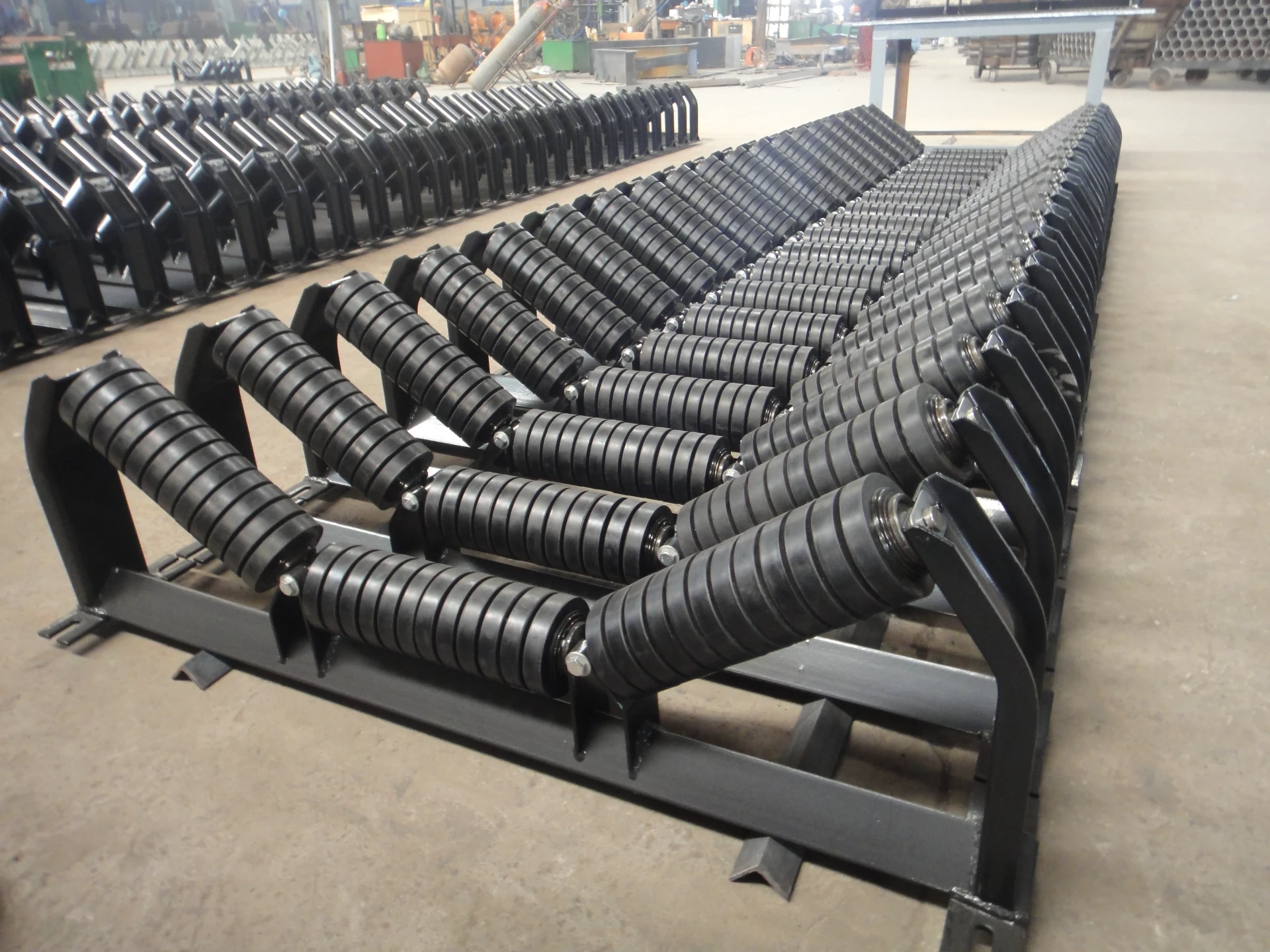 Afrikaans
Afrikaans  Albanian
Albanian  Amharic
Amharic  Arabic
Arabic  Armenian
Armenian  Azerbaijani
Azerbaijani  Basque
Basque  Belarusian
Belarusian  Bengali
Bengali  Bosnian
Bosnian  Bulgarian
Bulgarian  Catalan
Catalan  Cebuano
Cebuano  Corsican
Corsican  Croatian
Croatian  Czech
Czech  Danish
Danish  Dutch
Dutch  English
English  Esperanto
Esperanto  Estonian
Estonian  Finnish
Finnish  French
French  Frisian
Frisian  Galician
Galician  Georgian
Georgian  German
German  Greek
Greek  Gujarati
Gujarati  Haitian Creole
Haitian Creole  hausa
hausa  hawaiian
hawaiian  Hebrew
Hebrew  Hindi
Hindi  Miao
Miao  Hungarian
Hungarian  Icelandic
Icelandic  igbo
igbo  Indonesian
Indonesian  irish
irish  Italian
Italian  Japanese
Japanese  Javanese
Javanese  Kannada
Kannada  kazakh
kazakh  Khmer
Khmer  Rwandese
Rwandese  Korean
Korean  Kurdish
Kurdish  Kyrgyz
Kyrgyz  Lao
Lao  Latin
Latin  Latvian
Latvian  Lithuanian
Lithuanian  Luxembourgish
Luxembourgish  Macedonian
Macedonian  Malgashi
Malgashi  Malay
Malay  Malayalam
Malayalam  Maltese
Maltese  Maori
Maori  Marathi
Marathi  Mongolian
Mongolian  Myanmar
Myanmar  Nepali
Nepali  Norwegian
Norwegian  Norwegian
Norwegian  Occitan
Occitan  Pashto
Pashto  Persian
Persian  Polish
Polish  Portuguese
Portuguese  Punjabi
Punjabi  Romanian
Romanian  Russian
Russian  Samoan
Samoan  Scottish Gaelic
Scottish Gaelic  Serbian
Serbian  Sesotho
Sesotho  Shona
Shona  Sindhi
Sindhi  Sinhala
Sinhala  Slovak
Slovak  Slovenian
Slovenian  Somali
Somali  Spanish
Spanish  Sundanese
Sundanese  Swahili
Swahili  Swedish
Swedish  Tagalog
Tagalog  Tajik
Tajik  Tamil
Tamil  Tatar
Tatar  Telugu
Telugu  Thai
Thai  Turkish
Turkish  Turkmen
Turkmen  Ukrainian
Ukrainian  Urdu
Urdu  Uighur
Uighur  Uzbek
Uzbek  Vietnamese
Vietnamese  Welsh
Welsh  Bantu
Bantu  Yiddish
Yiddish  Yoruba
Yoruba  Zulu
Zulu Optimizing Conveyor System Efficiency with Advanced Drum Design Techniques
Understanding the Importance of Conveyor Drums in Material Handling Systems
In the realm of industrial operations and material handling systems, conveyor drums, also known as drum rollers, play a pivotal role in ensuring efficiency and reliability. These cylindrical components are integral to conveyor systems, facilitating the smooth movement of various materials across production lines, warehouses, and distribution centers. In this article, we will delve into the significance of conveyor drums, their construction, types, and maintenance tips.
What is a Conveyor Drum?
A conveyor drum is a cylindrical fixture that serves as a pulley in a conveyor system. Typically made of metal or heavy-duty plastic, these drums are designed to bear the weight of conveyor belts and the materials they transport. The primary function of a conveyor drum is to provide the necessary tension to keep the belt in place while also enabling it to move freely. They are strategically positioned at both ends of the conveyor, allowing for the continuous flow of materials.
Types of Conveyor Drums
There are several types of conveyor drums, each designed for specific applications
1. Drive Drums These are powered drums that drive the conveyor belt forward. They are equipped with a motor and provide the necessary force to move materials along the conveyor system.
2. Idler Drums Unlike drive drums, idler drums do not provide power. Instead, they support and stabilize the conveyor belt, ensuring that it remains aligned and operates smoothly.
3. Wing Drums These drums feature a design that enhances belt tracking by using raised edges or wings on the drum’s surface. They help prevent the belt from slipping off during operation.
4. Crowded Drums Used in very high-capacity systems, crowded drums can handle larger volumes of materials. Their design allows for better load distribution across the belt.
Materials Used in Conveyor Drums
The choice of material for manufacturing conveyor drums is critical for ensuring longevity and efficiency. Common materials include
conveyor drum

- Steel Known for its strength and durability, steel is often used in heavy-duty applications. Steel drums can withstand substantial weight and are resistant to wear and tear.
- Plastic Lightweight and resistant to corrosion, plastic drums are a good choice for applications that require lower weight and less maintenance.
- Rubber-Coated Drums These are designed to enhance grip and reduce slippage. Rubber coatings also provide a level of cushioning, which can be beneficial in reducing wear on the conveyor belt.
Maintenance of Conveyor Drums
To maximize the lifespan and functionality of conveyor drums, regular maintenance is essential. Here are some maintenance tips
1. Routine Inspections Regularly check the condition of the drums for any signs of wear, such as cracks or dents. Early detection of damage can prevent larger failures.
2. Cleaning Keep the drums clean from debris, dust, and material build-up. A clean drum surface reduces friction and wear on the conveyor belt.
3. Alignment Checks Ensure that the drums are properly aligned with the conveyor system. Misalignment can lead to excessive wear and increase the risk of belt slippage.
4. Lubrication If the drum has bearings, regular lubrication is necessary to ensure smooth operation and prevent overheating.
5. Replace Worn Parts Any damaged or excessively worn parts should be replaced promptly to maintain system efficiency.
Conclusion
Conveyor drums are essential components of material handling systems, contributing to efficiency, reliability, and productivity. Whether in a manufacturing facility or a distribution center, understanding the types, materials, and maintenance of conveyor drums can lead to better system performance and longevity. Companies seeking to optimize their operations should prioritize the upkeep of their conveyor systems, recognizing that the conveyor drum is at the heart of smooth material flow. By investing in quality drum components and adhering to maintenance practices, businesses can ensure a seamless and effective material handling process.
-
Trusted Conveyor Solutions from Leading Conveyor Idler Roller ManufacturersNewsJun.27,2025
-
Reliable Return Idler Solutions for Efficient Belt Conveyor SystemsNewsJun.27,2025
-
Precision Conveyor Accessories for Streamlined Material HandlingNewsJun.27,2025
-
High-Quality Belt Conveyor Idler Solutions for Efficient Material HandlingNewsJun.27,2025
-
High-Performance Belt Conveyor Pulleys for Reliable Material HandlingNewsJun.27,2025
-
Enhancing Material Handling EfficiencyNewsJun.27,2025





























